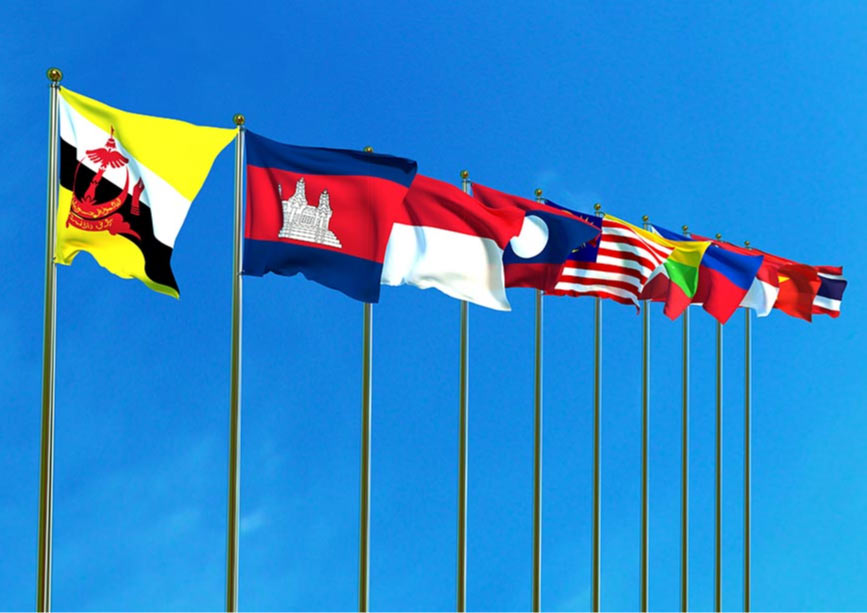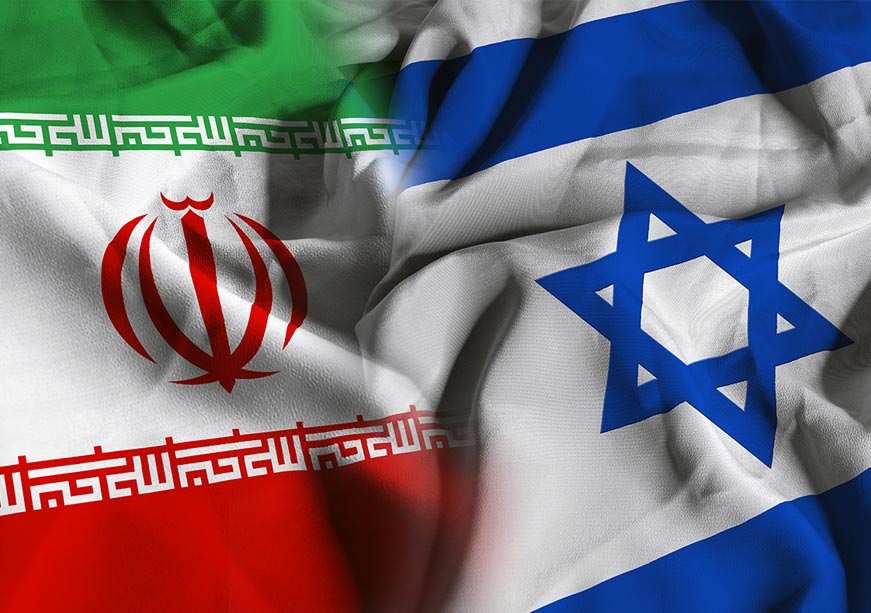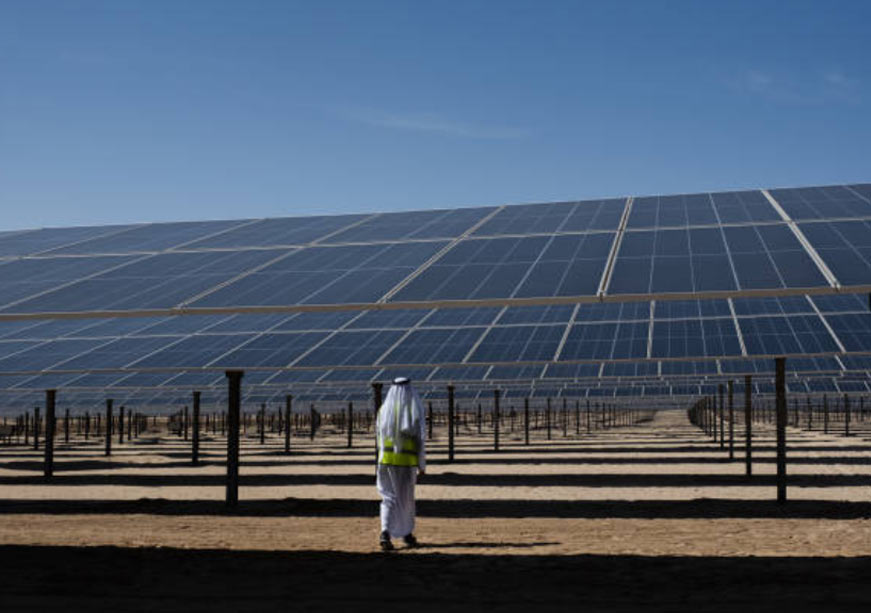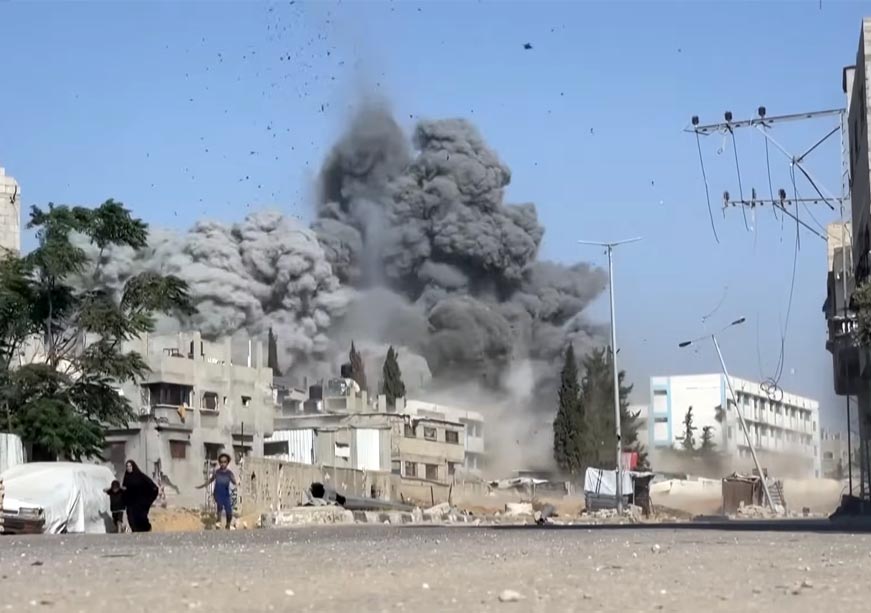The idea of an ‘Indo-Pacific’ has gained popularity in the past two decades, but its relevance to the Gulf region remains contested. As the global influence of Asia grows and competition between the US and China increases in the Gulf, the relationship between the Gulf countries and the Indo-Pacific becomes ever more important. While some believe that the Gulf should be included within the Indo-Pacific framework, the countries themselves tend to take the stance that it should not and generally avoid using the term. They are wary that association with the framework, which is often perceived as being against Beijing, could threaten their relationship with China, their largest trade partner. Still, regardless of terminology, Gulf engagement with the countries in the Indo-Pacific is expanding not only in trade but also in defence.
Conceptualising the Indo-Pacific
The ‘Indo-Pacific’ is an evolution of the ‘Asia-Pacific’, which was put forward by Japan and Australia in the 1970s and 1980s to emphasise their strategic relationship with the US. While the Indo-Pacific concept has historic roots in the work of German professor Karl Haushofer, who used it as early as the 1920s to envision regional anti-colonial cooperation that could undermine Germany’s Western rivals, its current form is largely a product of a 2007 essay by Indian strategist Gurpeet Khurana on connecting the Indian Ocean Region (IOR) and the Western Pacific Region (WP). Later that year, then Japanese Prime Minister Shinzo Abe further popularised the term with his speech on the “Confluence of the Two Seas” in New Delhi. The increasing acceptance of the Indo-Pacific as a strategic framework in the years since is both a recognition of India’s growing power and the result of a growing desire to contain the influence of China. During Donald Trump’s first presidency, the term replaced ‘Asia-Pacific’ entirely in American statements and documents, and US allies that had not yet adopted the term did so soon after.
The increasing acceptance of the Indo-Pacific as a strategic framework in the years since is both a recognition of India’s growing power and the result of a growing desire to contain the influence of China.
The Gulf is not typically conceptualised as being part of the Indo-Pacific, even though Indian Prime Minister Narendra Modi in 2018 defined the concept as encompassing all coastal countries overlooking the Pacific or Indian oceans—from the Americas to East Africa—thereby including at least some of the Arab Gulf states. Japan has a similarly inclusive approach. The reason the Gulf states are typically excluded may be attributed to the US view that India’s border with Pakistan is the western boundary of the Indo-Pacific, which is why Washington places the Gulf within its Central Command (CENTCOM) rather than the Indo-Pacific Command (INDOPACOM). The US is not alone. Australia, for example, also takes a more restrictive stance, while South Korea’s Indo-Pacific policy mentions Europe and Africa but no Arab states, focusing primarily on democracies. The Gulf countries are often seen more as part of a ‘Middle East’ or ‘Arab World’ than ‘West Asia’, despite their location on the Asian continent and long-standing ties with the IOR.
At the same time, the Gulf is nevertheless crucial for Indian Ocean trade, and Oman and the United Arab Emirates are full members of the Indian Ocean Rim Association, while Saudi Arabia is an observer. The region also hosts US troops, and Qatar has specifically acknowledged its role as “part of US Indo-Pacific power-projection strategy”. Some analysts even suggest that priorities in the Middle East were crucial for the initial Indo-Pacific framework push: advocates, especially those in the US, hoped that increased cooperation across the two oceans would prevent the transfer of weapons from East Asia to the Middle East.
Engaging Asia, Avoiding the Indo-Pacific
No Gulf Cooperation Council (GCC) country has issued an Indo-Pacific policy, and the term is rarely used by officials from the region. The region’s reluctance to engage with the concept is rooted in the desire to maintain multi-alignment and avoid being grouped into either bloc in the emerging global power competition between the US and China. Given the link between Indo-Pacific cooperation and efforts to contain Beijing, engagement could put the Gulf countries in a precarious position vis-à-vis China, their largest trade partner, which also appears to be increasingly involved in the Middle East politically. The common association of the Indo-Pacific with the promotion of democracy, combined with the fact that democracy is a unifying element of the Quadrilateral Security Dialogue (Quad) countries, may also cause Gulf countries to view the framework with some suspicion.
The region’s reluctance to engage with the concept is rooted in the desire to maintain multi-alignment and avoid being grouped into either bloc in the emerging global power competition between the US and China.
Nevertheless, the Gulf’s engagement with countries located in the Indo-Pacific region is expanding. The ‘Pivot to Asia’ has led to a sort of ‘Asianisation’ of Gulf economies. The six GCC countries have long exported energy across the IOR and WP. Energy cooperation with the Gulf states was one of the foundations of Japan’s development, for example, and the GCC still represents around 90 percent of the country’s oil imports. Most of the region’s natural gas imports come from Qatar. Cooperation in the field of nuclear and renewable energy is more limited, but there appears to be significant potential. Beyond energy, other trades are also expanding, and the Gulf states rely heavily on labour from Indo-Pacific countries. Technology from these countries has been crucial for development projects such as the Dubai metro system. At the same time, the Gulf is investing heavily in Asia.
There has even been cooperation in maritime security, which lies at the heart of the Indo-Pacific framework and may be a natural area for cooperation with the Gulf countries. Japan’s energy security, for example, is highly vulnerable to maritime choke points due to its imports being concentrated in the Gulf, so it has a natural interest in deepening security cooperation between the Gulf and other parts of Asia. It is thus engaged in Gulf maritime security, conducting joint naval exercises, partaking in minesweeping and escort operations, and transferring defence technology as part of its strategic partnerships with Saudi Arabia and the UAE. South Korea has similar engagements. The global relevance of Gulf maritime security is likely to increase as projects such as the India–Middle East–Europe Economic Corridor (IMEC) move toward implementation, which could point to more Asian cooperation in the future, especially as the US, the region’s main security actor, shifts its focus to East Asia.
Conclusion
The Arab Gulf countries are increasing their engagement with countries in the Indo-Pacific, even if they are not typically included within the Indo-Pacific framework and generally avoid using the term. Bilateral and ‘minilateral’ cooperation, however, could prove less efficient than broader frameworks. It is not clear that greater engagement with the Indo-Pacific would negatively impact the Gulf countries, as they are already integrated into the US-led security architecture. They maintain defence cooperation with countries in the Indo-Pacific while simultaneously fostering ties with China through trade, the Belt and Road Initiative (BRI), and groupings like BRICS, which are not dominated by the West. India, one of the key actors within Indo-Pacific, maintains a similar stance of multi-alignment. Perhaps adopting the framework is unnecessary since ties are already expanding regardless. Alternative frameworks like the ‘Indo-Abrahamic axis’ may be more appropriate for conceptualising cooperation. Regardless of terminology, the global centre of gravity is shifting eastward, and the Gulf’s future will be increasingly intertwined with that of Asia.
Lillian Aronson is a Visiting Fellow at ORF Middle East and a Research Assistant at the Hungarian Institute of International Affairs.












